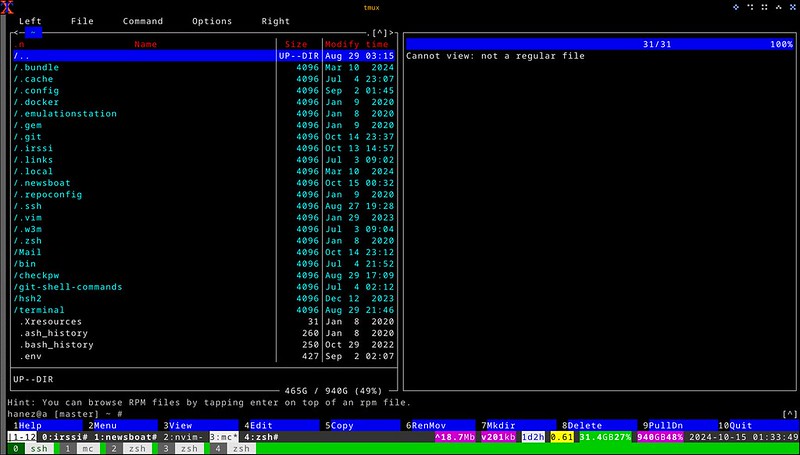Blog
/bin/checkpw
This post was originally postet at https://xw3.org/blog/2024/09/25/checkpw/, but it was the wrong place for my personal stuff. I moved it here to keep the content more up to date.
I created a small C program to authenticate against a UNIX/Pluggable authentication module (PAM) named checkpw. This program is only for verifiying a user’s password, that is registered in /etc/passwd using /etc/shadow, or whatever PAM is configured to use.
The program returns 0 on success, 1 otherwise.
With this program, it will be possible to authenticate an xw3 application user against the system’s user database.
Currently only tested on Linux, but it should work on AIX, DragonFly BSD, FreeBSD, HP-UX, macOS, NetBSD and Solaris operating systems too. I will test API compatibility for all OS’s listed soon maybe some day… ;)
Group permissions will be handled using /etc/group in a seperate program - Maybe just with a small wrapper around the “id” command (not available yet, but it should be easy to implement).
[UPDATE]:Renamed project from checkpw to chkpwd since I believe it is more native UNIX style… ;).
[UPDATE]:Renamed project from chkpwd to chkusr because I merged other code into it. The chkpwd command still exists along with some more commands in the future.
Permalink: https://hanez.org/2025/06/04/checkpw/
My workspace... ;)
[UPDATE]: To be honest, my real workspace actually looks like this:
My real workspace looks sexy too! Not that chaotic, but with all features enabled! Even Tux got his place...
I believe it's virtual enough... ;)
Permalink: https://hanez.org/2024/10/30/my-workspace/
CLI and TUI programs
I wrote a document about my most loved and used CLI and TUI programs some time ago.
If you love to work in terminal emulators the document may be of interest to you... ;)
I love this UNIX world so much... ❤️
This is how my terminal workspace actually looks like:

Permalink: https://hanez.org/2024/10/15/cli-and-tui-programs/


